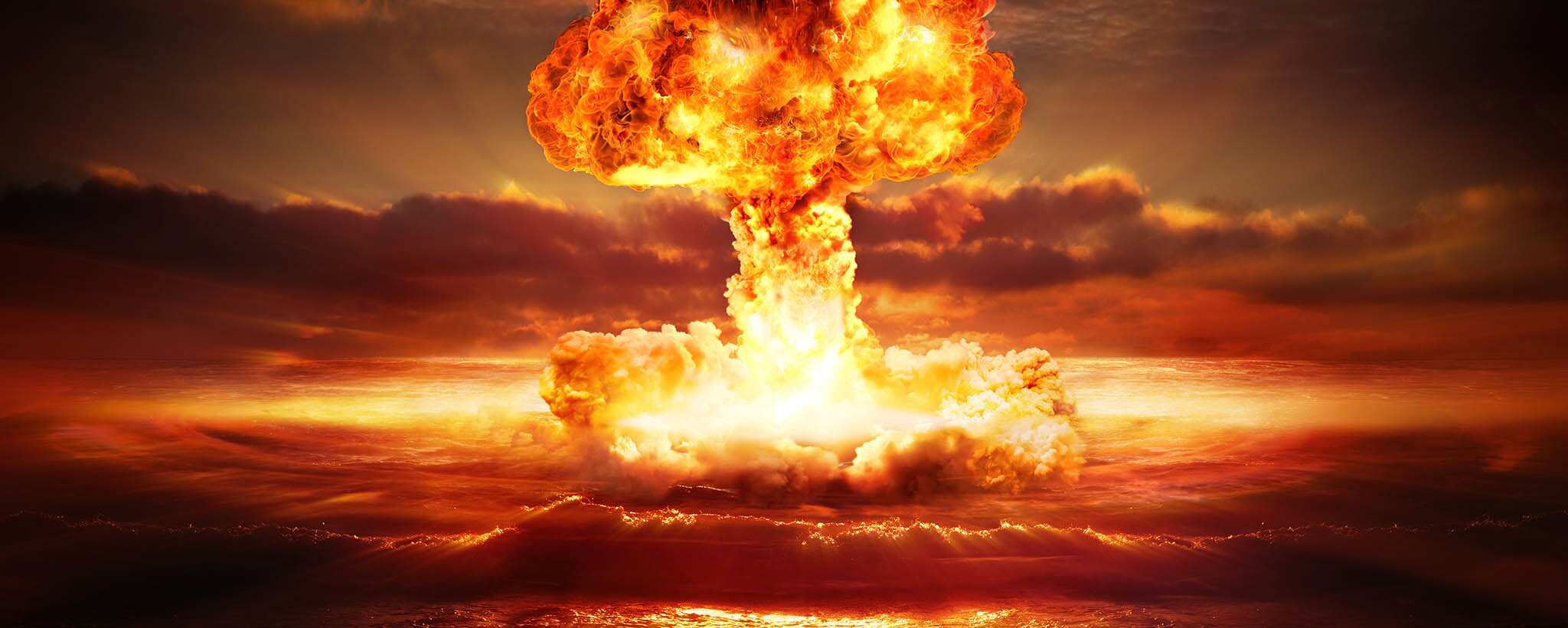

By Andrew Futter, Professor of International Politics at the University of Leicester, UK.
15 February 2021
This work is funded by the European Research Council grant number: 866155. For more on the Third Nuclear Age research project see: https://thethirdnuclearage.com.
Seventy-five years after two nuclear bombs were dropped on Hiroshima and Nagasaki, there appears to be a recognition in both academic literature and policymaking circles that a “new nuclear era” could be upon us. This shift is being driven by a mixture of political, normative and technological dynamics, which together are challenging the thinking and frameworks upon which global nuclear order is based, the way nuclear stability is maintained, and the nature of nuclear risks. We can think of this as the start of a Third Nuclear Age.
For sure, characterising nuclear history into “nuclear ages” (a first nuclear age is said to have existed during the Cold War and focussed on the US-Soviet arms race, and a second nuclear age that focussed on regional proliferation and nuclear terrorism in the years that followed) is historically imperfect and overly Western-centric notion. But using such constructs help focus attention on the most pressing problems and risks we face, and hopefully prevents us from sleep-walking unprepared into a more precarious and uncertain chapter in our nuclear story.
Arguably the most prominent feature of the Third Nuclear Age is the impact and importance of “disruptive technologies”. Of course, the influence of military technological developments upon nuclear order is not new, but today the challenge is different because it is a whole suite of weapons and enabling technologies, many of which are non-nuclear, intangible and dual use, and at the same time a transformation in the nuclear information space. It is also an inherently global phenomenon.
The incorporation of Artificial Intelligence into nuclear planning, possible uses of Computer Network Operations (cyber) across the nuclear realm, 3D printing, the rise of non-nuclear counter-space capabilities, moves towards full-spectrum missile defence, uninhabited weapons systems, quantum computing, advances in remote sensing, tracking and the development of long-range precision conventional weapons (including hypersonic missiles), as well as a nuclear real-time digitised nuclear ecosystem, all create different pressures for stable deterrence relationships, secure-second strike forces, escalation, crisis management and proliferation.
The Third Nuclear Age also seems set to be characterised by the weakening of previous international arms control mechanisms and norms of nuclear restraint. Part of this is a recognition that many of the treaties and negotiating bodies established in the First and Second Nuclear Ages are either under pressure and don’t reflect the current nuclear reality (the Non-Proliferation Treaty), risk falling away (the Treaty on Open Skies), have been badly damaged (the “Iran deal”), or in the case of the INF Treaty, which helped bringing stability to Europe for a generation, have been abandoned altogether. The recent decision to extent New START is welcome, but it is less clear what will follow in five years’ time.
Some of this erosion can be explained by the impact of new military capabilities and rekindled geopolitical rivalries, but it is also a reflection of what appears to be a growing nuclear apathy among global publics and policymakers. This in turn may be contributing to what some have mooted as a withering of the nuclear taboo (and the return of warfighting and aggressive nuclear rhetoric), and a general disinterest in nuclear issues as an existential threat to humanity more broadly.
While we may still be living in a predominantly US-led nuclear world, the Third Nuclear Age will be far more geographically interlinked and interdependent, whereby actions or developments in one region will have global implications. Indeed, nuclear balances and risks in the Middle East, South and Northeast Asia will be on a par if not exceeding the historical focus on the Euro-Atlantic. Consequently, we must move to adjust our theoretical and conceptual nuclear frameworks, and the largely Western and Euro-Atlantic-focussed arms control and governance architectures, to account for this.
At the moment, all nuclear-armed states are modernising and, in some cases, expanding their nuclear and strategic non-nuclear capabilities, which suggests nuclear weapons may be becoming more rather than less important in international politics. It also suggests that we have probably reached the end to the 30-year trend of reducing global nuclear stockpiles, at least for the time being. This may even have been compounded by the Nuclear Ban Treaty, which seems to have further widened the fissures and differences between the nuclear haves and have-nots rather than creating a viable pathway to achieving nuclear reductions.
Thus, the Third Nuclear Age will be conceptually and materially different from the two nuclear ages that preceded it and require a concerted global reengagement with the challenge of ensuring nuclear peace. Consequently, new, innovative and perhaps flexible frameworks and mechanisms of managing nuclear risks will be required as we go forward.
This may look daunting considering the clear complications of pursuing arms control for disruptive technologies, particularly given their very different nature to what we have experienced in the past, and especially in such an unconducive and fractious geopolitical climate. The task is not made any easier by the fact it will also involve seeking to reengage global public opinion and the attention of policymakers in an environment where the challenges of climate change and most recently the COVID-19 pandemic continue to take centre stage. But the world has faced similar challenges before, including during times of heightened geopolitical tension and transition, and determined thinking about risk reduction, informal mechanisms of restraint, different types of confidence building mechanisms, and education across all levels of society, can help to prepare us what seems likely to be a more dangerous nuclear world as we move into the Third Nuclear Age.
Disclaimer: The views expressed in the article are of the author and do not necessarily represent the institute’s policy.
